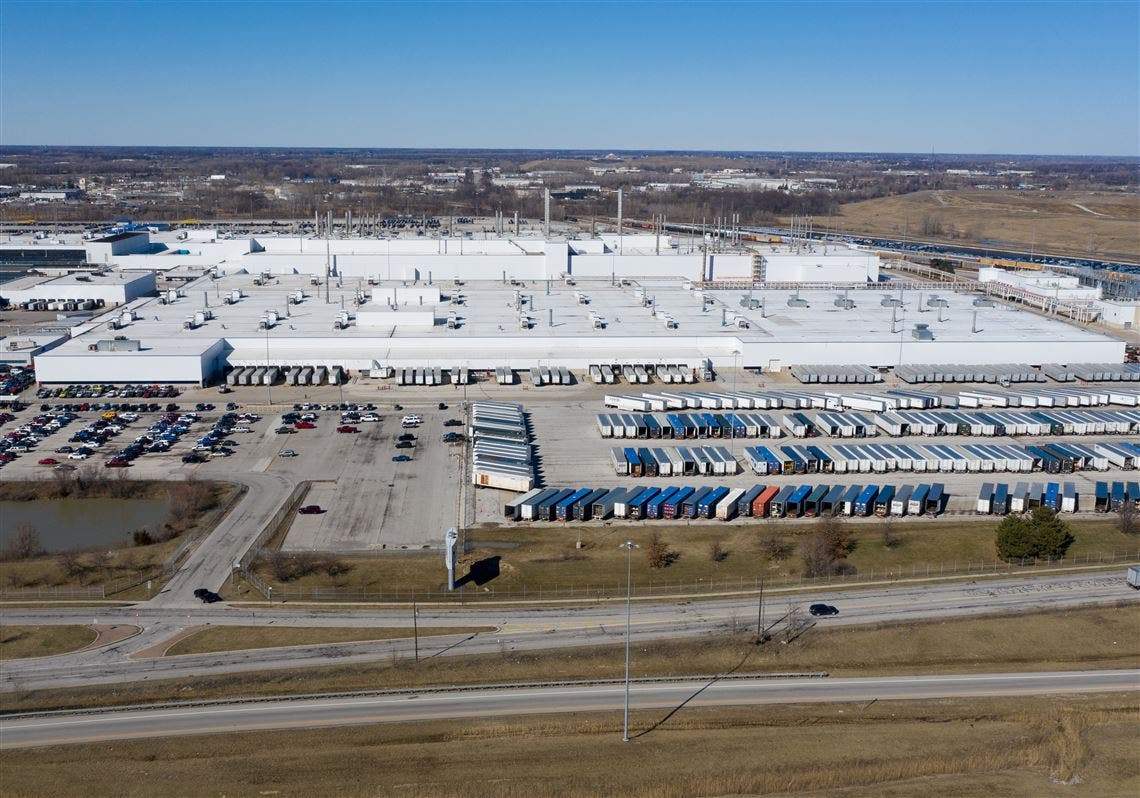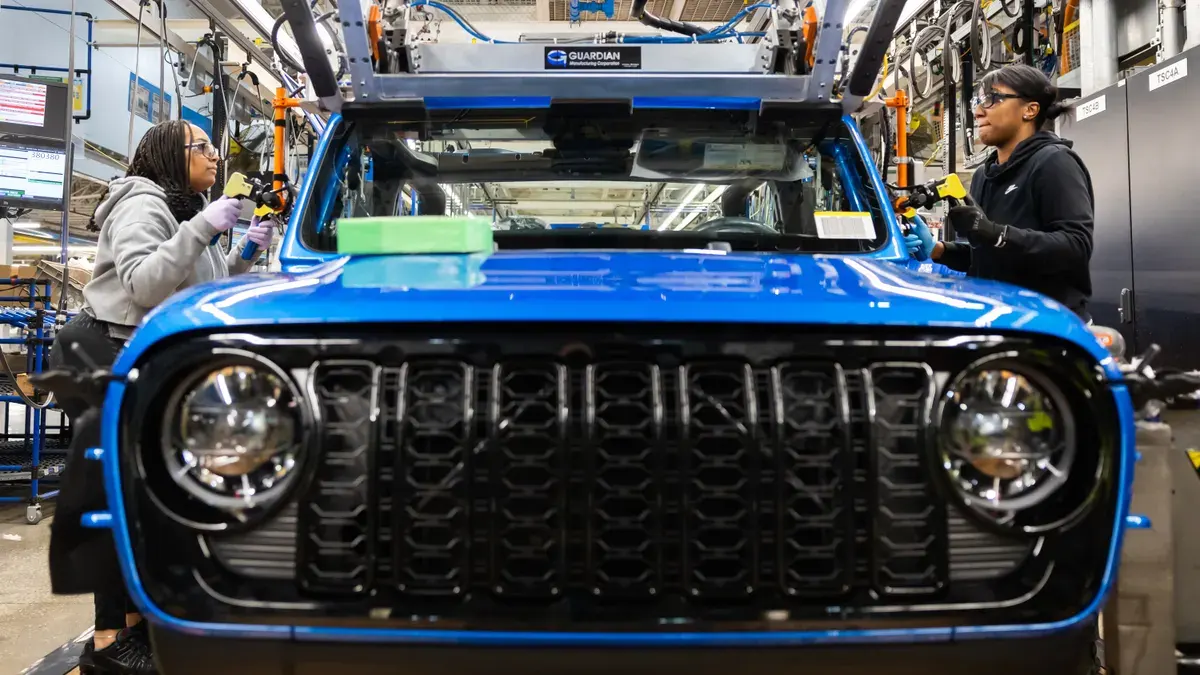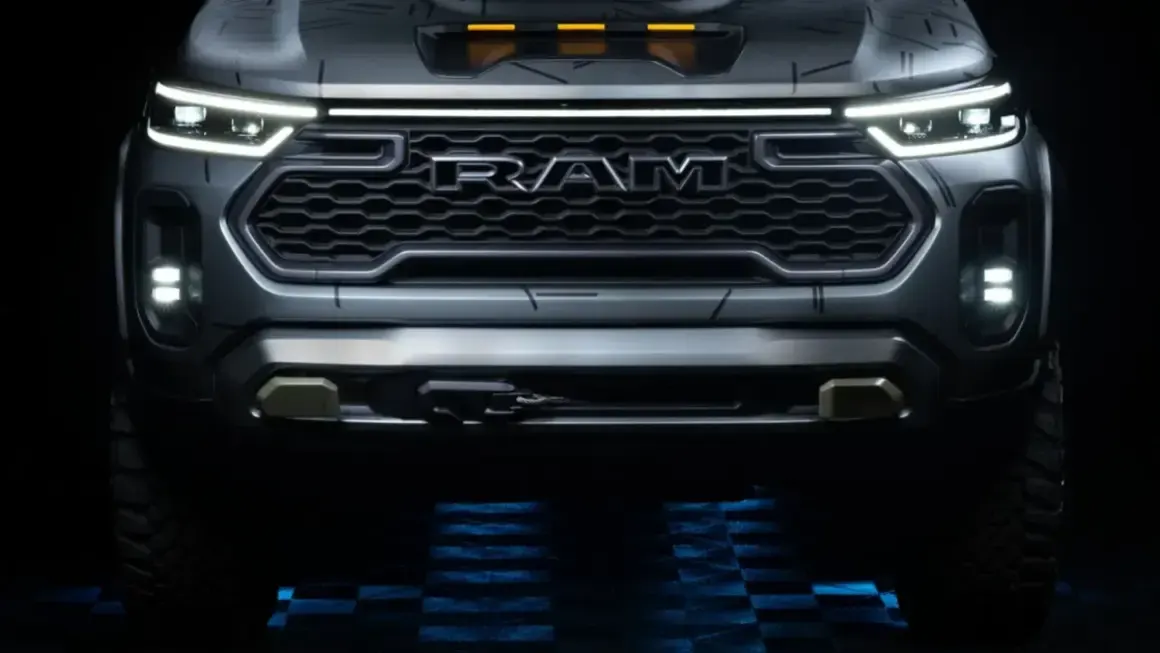Ram’s long-teased entry into the mid-size pickup market just got moved further down the calendar, and the detour includes a factory switch. What was once expected to kick off in 2027 is now slated for a 2028 start. The pickup, intended to duke it out with Ford Ranger and Toyota Tacoma will now emerge from Toledo, Ohio, rather than an idled plant in Belvidere, Illinois.
That’s more than a scheduling hiccup, it’s a strategic reset. The Belvidere facility, shut down in 2023, had been eyed as the assembly home. Now, it’s being repurposed for Jeep Cherokee and Compass production from 2027 onward. The Ram truck will instead share space with Jeep Wrangler and Gladiator lines, hinting at some shared architecture or platform synergies.

Ram insists this will still be a body-on-frame design, not a unibody experiment. That means solid foundations for ruggedness and towing chops, exactly the qualities that buyers in this class expect. The brand has floated potential under-hood options: a turbocharged 2.0-liter four, a naturally aspirated 3.6 L V6, even a 3.0 L turbo-diesel might be in the mix.
In Australia and similar markets, Ram’s ambitions hinge on right-hand drive availability out of the factory, rather than expensive conversions afterward. If they pull that off, the midsize pickup could pit itself directly against Hilux, Ranger, and D-Max.
The delay and plant pivot do raise eyebrows. Does Ram need more time to refine the design? Or did they need to reallocate resources? A lot rides on whether they can maintain momentum after postponing launch. By giving competitors more runway, Ram might lose the novelty buzz it hoped to ride in.

Ram hasn’t scrapped its mid-size truck dreams, but it’s reset the timetable and production footprint. By 2028, if the market hasn’t shifted too much and Ram delivers a compelling product, this delayed truck may still have a shot at relevance.

